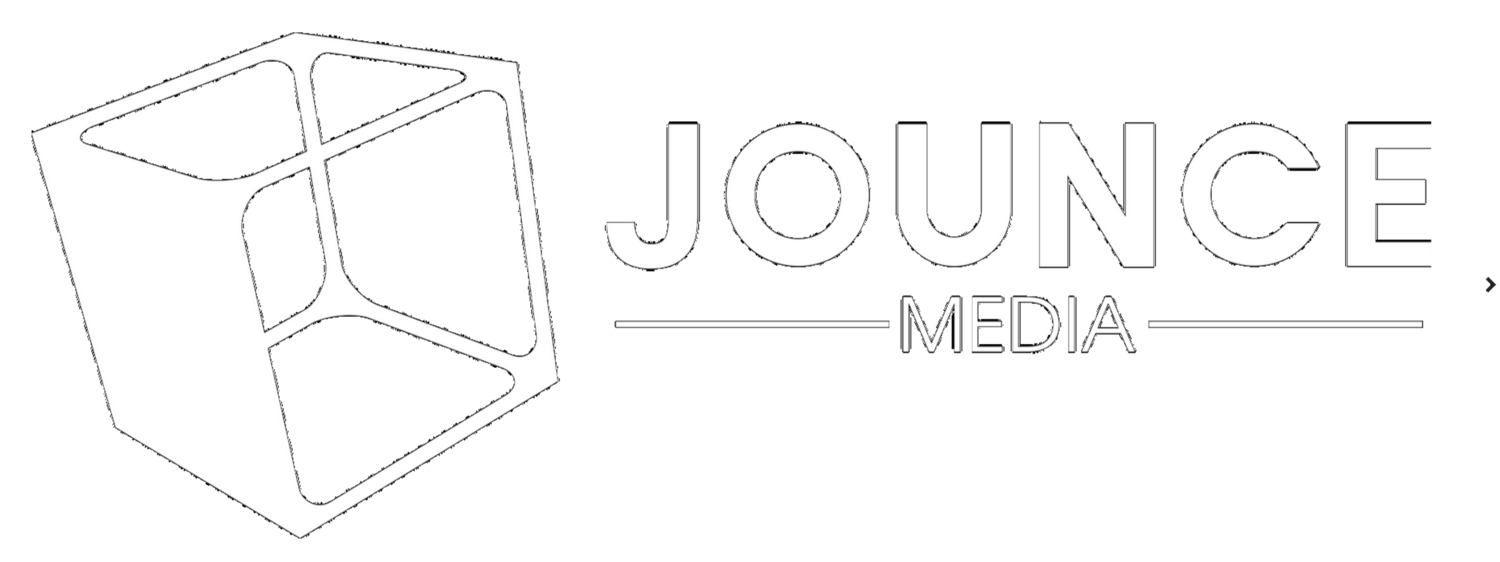In a recent post, I highlighted the 5 key steps of every programmatic transaction. I also indicated that programmatic transactions can get quite a bit more complex than the baseline 5-step process. One of the most common “detours” from a standard programmatic impression is a daisy chained auction in which multiple middlemen resell an impression to each other. Each of these middlemen takes a fee, reducing the portion of a marketer’s spend that is paid to the publisher.
How many ad tech vendors does it take to screw in a lightbulb?
The basic function of ad exchanges is to connect ad buyers and sellers. In a simple programmatic transaction, the buying platform directly represents an advertiser, but it is quite common for the buyer to be a demand aggregator that operates a media arbitrage business. These demand aggregators take a risk by purchasing programmatic impressions and then attempting to immediately resell at a higher cost. As an example, imagine the following ad transaction:
In this example, an ad network called CPX makes an agreement with Vocabulary.com to purchase its inventory at a pre-negotiated price. CPX then resells the impression through a real time auction that is conducted by AppNexus. MediaMath wins the auction on behalf of Kayak.
There’s also nothing to prevent multiple hops in the ad auction daisy chain. CPX can sell to another ad network, who can sell to a third ad network, and so on.
The cost and the value of middlemen
At each hop in the daisy chain, an ad tech middleman takes a fee, reducing the portion of a marketer’s spend that is paid to the publisher. In daisy-chained auctions with multiple middlemen, tech fees can quickly exceed 50% of an advertiser’s spend.
But contrary to popular belief, middlemen aren’t leaches. They serve a critical role in the ad tech ecosystem by guaranteeing demand for inventory. Middlemen like CPX provide an insurance policy for publishers, providing predictable monetization in exchange for the opportunity to capture pricing upside in the spot market. That insurance policy has real value to publishers and cements an important role for demand aggregators in the ad tech landscape.
Let’s make a deal
The playbook for improved economics is clear — eliminate the detours. Publishers need insurance policies to guarantee minimum ad monetization, but they don’t necessarily need middlemen to write these insurance policies. Groups of advertisers are well suited to make network-style agreements with publishers. In particular, ad agencies are exceptionally well positioned to be insurance underwriters for publishers, and some are already pursuing this strategy. By pooling demand from multiple advertisers, ad agencies can make monetization guarantees to publishers and pass along savings to their customers. Agencies are the new networks, and that’s a very good thing for the ecosystem.


